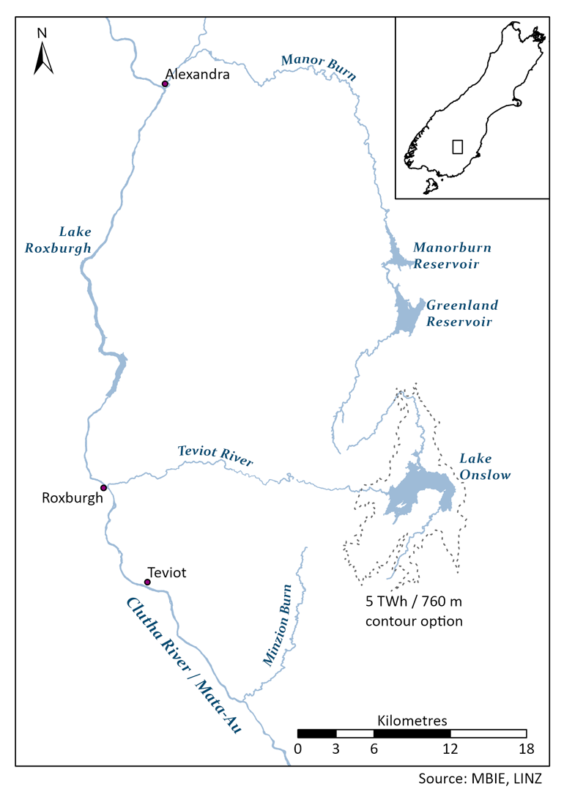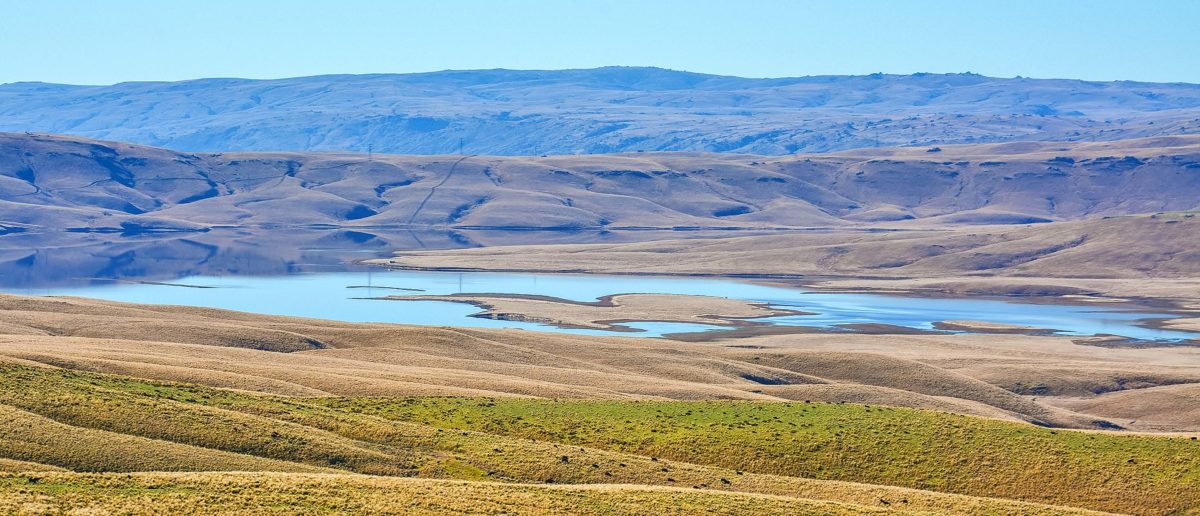Rōpū Matatau, a consortium led by engineering consultancy Mott MacDonald New Zealand, plans to build a pumped-hydro storage facility on Lake Onslow, New Zealand.
The group of companies, which also includes engineering consultancy GHD and environmental planning and design consultancy Boffa Miskell, recently secured  a contract to investigate the engineering, environmental planning, and geotechnical feasibility of the project.
a contract to investigate the engineering, environmental planning, and geotechnical feasibility of the project.
During the project's first phase, the consortium will evaluate the feasibility of different pumped hydro configurations at the lake and other possible locations around the country. It will also consider different pumped hydro systems as a technical solution to resolve New Zealand’s “dry year problem.” In addition, it will investigate the nearby availability of materials for dam construction, the geology of the possible dam wall area, tunneling costs, early geotechnical details, and environmental and cultural impacts.
“The Lake Onslow option referenced by the Interim Climate Change Committee could be anticipated to provide at least 5 TWh of annual generation/storage,” the government said. “It is estimated to have a construction timeframe of four to five years, with commissioning and filling taking a further two years”
In the second phase, Rōpū Matatau will perform geotechnical and engineering field work, analyze local geology, and determine the exact location of the project.
“Te Rōpū Matatau has been granted resource consents and other permits to undertake geotechnical, geological and hydrogeological investigations, which will inform the Lake Onslow feasibility study,” the government said.
Preliminary work began at the first site in April and is expected to continue at various times throughout the year at a number of sites near Lake Onslow. The feasibility study will likely be concluded by the end of the year.
According to New Zealand's University of Canterbury, the pumped hydro storage facility could have a head of 650 meters and a “very large” storage capacity. It would also require an atypical scheme design, due to the 20 km distance from the Clutha River.
This content is protected by copyright and may not be reused. If you want to cooperate with us and would like to reuse some of our content, please contact: editors@pv-magazine.com.




2 comments
By submitting this form you agree to pv magazine using your data for the purposes of publishing your comment.
Your personal data will only be disclosed or otherwise transmitted to third parties for the purposes of spam filtering or if this is necessary for technical maintenance of the website. Any other transfer to third parties will not take place unless this is justified on the basis of applicable data protection regulations or if pv magazine is legally obliged to do so.
You may revoke this consent at any time with effect for the future, in which case your personal data will be deleted immediately. Otherwise, your data will be deleted if pv magazine has processed your request or the purpose of data storage is fulfilled.
Further information on data privacy can be found in our Data Protection Policy.